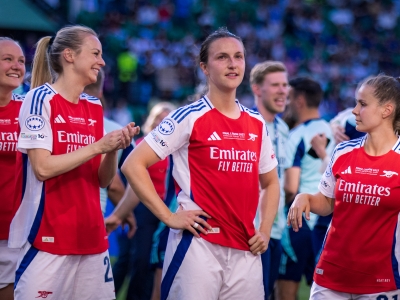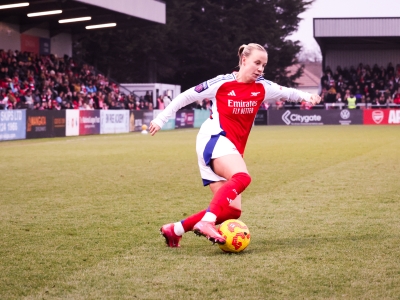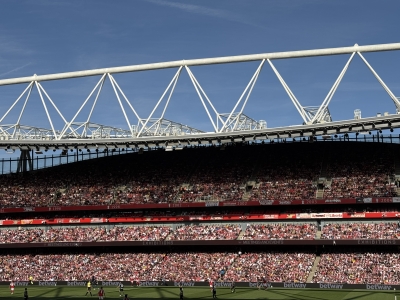Platform Wars: The Billion-Dollar Streaming Supremacy Battle
Content creation costs $126 billion annually. That's what the top six entertainment companies — Disney, Comcast, Google, Warner Bros. Discovery, Netflix and Paramount — will be spending in 2024, states Ampere Analysis. The figure is a stark contrast to Netflix's loss of 200,000 subscribers in 2022 that created shockwaves throughout an industry and forced each platform to re-evaluate its approach to content investment. To contrast with mobile 1xbet BH shows how competitive markets drive innovation and strategic spending to maintain user engagement.
Exclusive Content Strategies Transform Platform Competition
Disney reigns supreme globally in terms of spending with $35.8 billion in 2024 content investment, 14% of the total entertainment sector. The acquisition of Hulu added an additional $9 billion to its spending total, indicating how consolidation brings about market concentration. Content investment analysis streaming reveals the way in which these investments create an evident competitive edge.
Strategic content investment area priorities are:
Original series development targeting specific audience demographics and segmentsInternational content creation gaining market share and local flavor in export marketsSports broadcasting rights acquisition gaining high-paying subscriber adoption and loyaltyDocumentary programming gaining awards and critical success for prestigeReality TV format creation generating viral social media interaction and cultural debate
Netflix remains the largest spender on international streaming content, averaging out at $14.5 billion annually since the pandemic. The platform's acquisition of NFL games and WWE's "Monday Night Raw" indicates a strategic shift towards live sports content that previously drove cable TV subscriptions.
Financial Models Adapt to Market Saturation
The move towards hybrid monetization is a sign of industry maturity. Netflix added an ad-supported plan in November 2022, with nearly one-third of September 2023 new subscriptions opting for the ad-supported option. The format lowers the cost of subscription while establishing new income streams through targeted advertising.
Disney's pricing strategy captures the balance between profitability and affordability. The company reduced its ad-supported Disney+ subscription to $7.99 per month but maintained the premium ad-free package at $10.99. Research on self-assembling materials and programmable matter illustrates how tech innovation begets adaptive business models across different industries, including entertainment distribution systems.
User Acquisition Costs Increase Across Platforms
Market saturation drives increasing customer acquisition prices. Disney initially projected 60-90 million subscribers in 2024 but trimmed goals to 300-350 million after early success. Subscriber numbers today are on the order of half that size, a sign of the challenge of sustaining growth in competitive markets.
Global streaming market penetration analysis shows how platforms compete for the limited attention and expenditure of consumers. The numbers demonstrate that most households now subscribe to multiple streaming services, creating complex loyalty patterns and increased churn rates.
International Content Drives Growth Strategy
Global programming strategies recast investment trends for content. International programming accounts for 52% of Netflix's spend and 40% of Paramount+'s content spend in 2024. The trend is a testament to the realization that local content commands more viewership rates than dubbed global shows.
Production location decisions determine costs and access to consumers. South Korean production like "Squid Game" generated an approximate value of $900 million to Netflix, proving that domestic productions can be as economically profitable worldwide. This success pattern forces platforms to make investments in foreign markets and domestic production units.
Market Consolidation Reshapes Competition
Consolidation of the industry continues to focus market power in the hands of fewer companies. Warner Bros. Discovery's consolidation of HBO Max and Discovery+ into Max is strategic concentration of resources and not fragmented competition. The six largest content providers now cover 51% of the overall content spending landscape, an increase from 47% in 2020.
Paramount's consolidation with Showtime reduces operational sophistication but focuses investment on more-high-quality programs. This consolidation trend means that content investment will become ever more strategic and concentrated instead of broadly spread over multiple competing platforms.
Technology Integration Changes Content Economics
Analyzing data today directs content decisions more than traditional creative development practices. Platforms observe audience watch patterns, completion rates, and demographic desires and use this data to predict successful types of content. Netflix's recommender algorithm determines both viewer action and production decisions, creating investment feedback loops that drive future content investments.
Interplay between technology and entertainment generates new competitive forces. Those that can solve the alignment problem between creating content and distributing it with data-driven means achieve enormous subscriber retention and acquisition cost advantages.
What becomes clear with this breakdown is that competition among streaming services has moved beyond mere subscriber numbers. Content investment strategies now include sophisticated understanding of audience segmentation, borderless market dynamics, and technology integration. What remains to be known is whether spending levels can keep up with profitability as market expansion continues to slow and competition intensifies in overseas markets.








